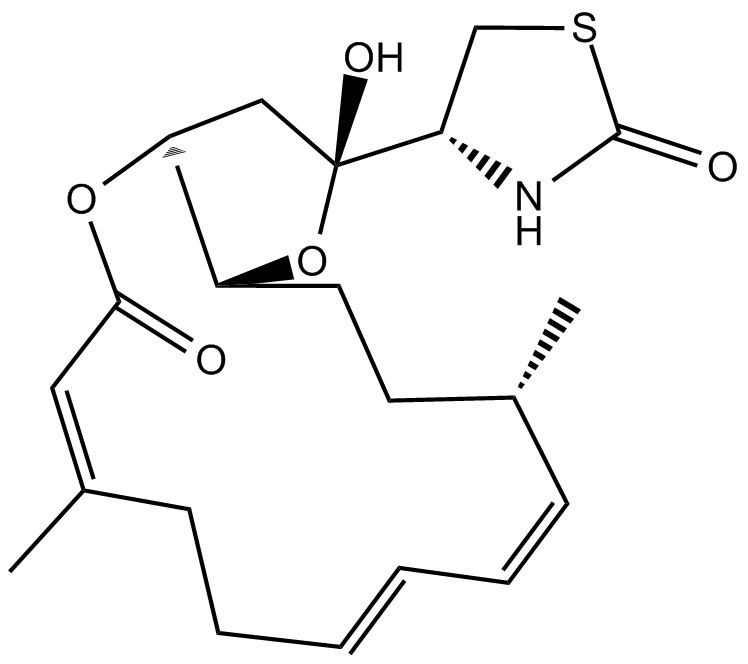Arp2/3 Complex
The intact ARP2/3 complex is first purified from Acanthamoeba castellanii based on its affinity for the actin-binding protein profilin, and is shown to consist of a stable assembly of seven polypeptides. Two of the subunits are actin-related proteins of the ARP2 and ARP3 subfamilies, giving the complex its name.
The ARP2/3 complex possesses little biochemical activity on its own. However, when engaged by nucleation-promoting factor (NPF) proteins, it is activated to initiate the formation of a new (daughter) filament that emerges from an existing (mother) filament in a y-branch configuration with a regular 70° branch angle. This coupling of nucleation and branching by the ARP2/3 complex is referred to as autocatalytic branching or dendritic nucleation, and is central to its functions in vivo.
Polymerization of actin filaments directed by the Arp2/3 complex supports many types of cellular movements.
Targets for Arp2/3 Complex
Products for Arp2/3 Complex
- Cat.No. Product Name Information
-
GC61831
Benproperine phosphate
Benproperine phosphate is an orally active, potent actin-related protein 2/3 complex subunit 2 (ARPC2) inhibitor.
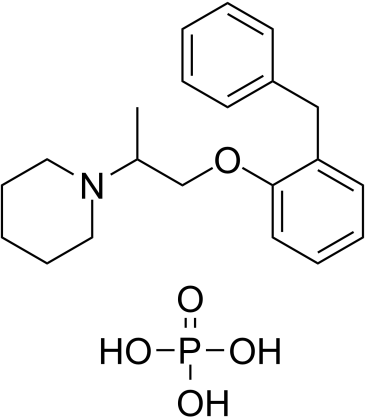
-
GC14060
CK 666
Arp2/3 complex inhibitor that inhibits actin polymerization
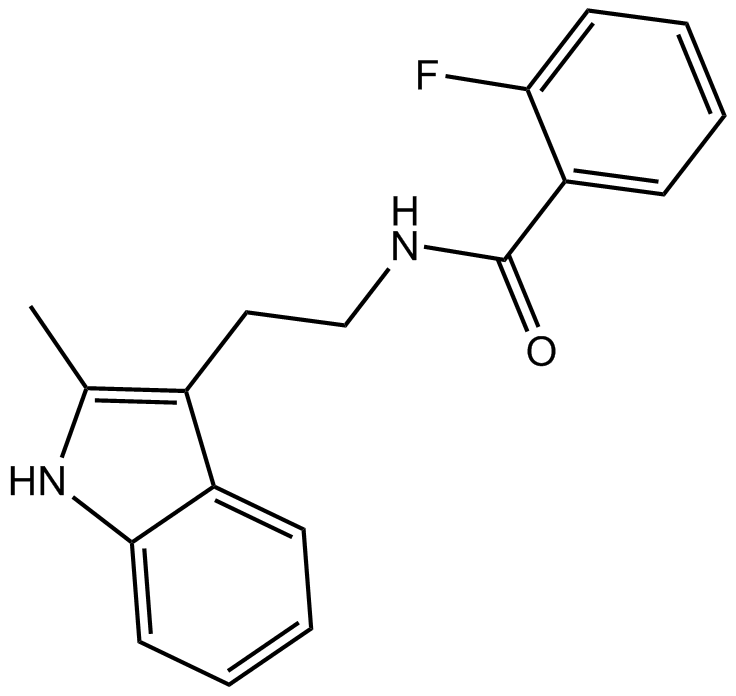
-
GC15076
CK 869
actin-related protein 2/3 (Arp2/3) complex inhibitor

-
GC15894
CK-636
Arp2/3 complex inhibitor
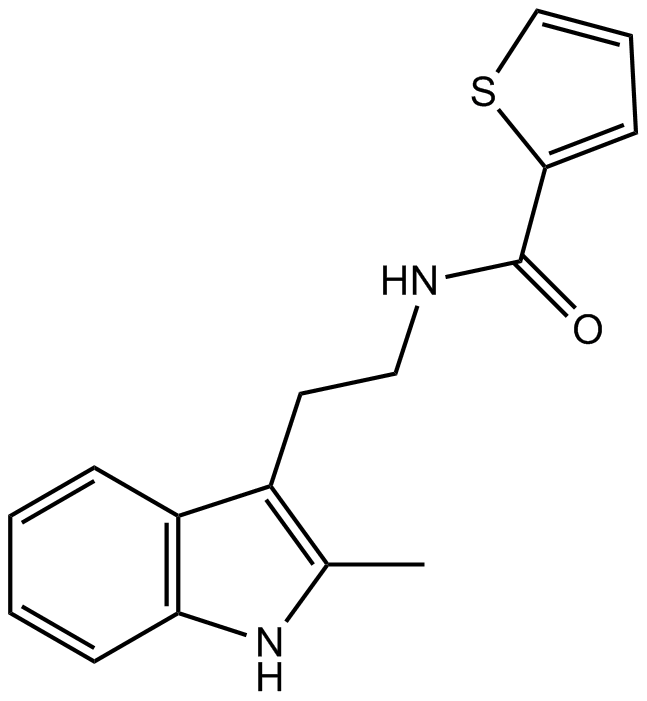
-
GC32890
Cytochalasin B (Phomin)
Cytochalasin B is a cyto-permeable mycotoxin, and it is isolated from an ascomycete fungus belonging to the Phoma genus[1-2].

-
GC13440
Cytochalasin D
An inhibitor of actin polymerization, selective
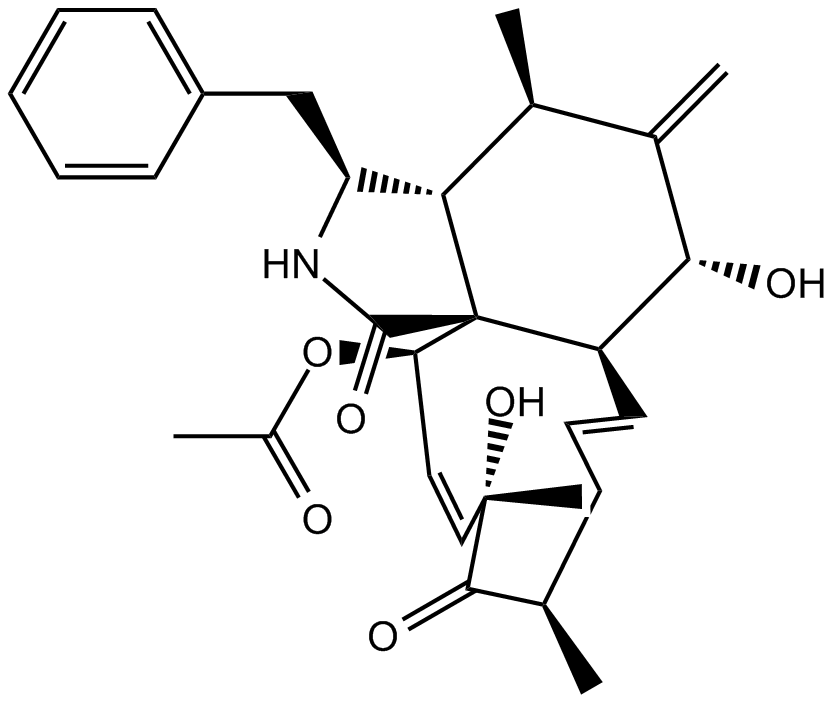
-
GC43461
Dihydrocytochalasin B
Dihydrocytochalasin B (DCB) is a member of the cytochalasin mycotoxin family that inhibits actin assembly.

-
GC15671
Latrunculin A
A reversible inhibitor of actin assembly
